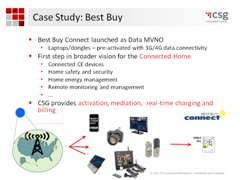
Why legacy billing restricts telco growth
Legacy billing systems were built for legacy telco services and are too inflexible to deliver next-generation services. We explore how operators can modernise to unlock key benefits such as cost reduction, accelerated time to market and enhanced customer experience.


